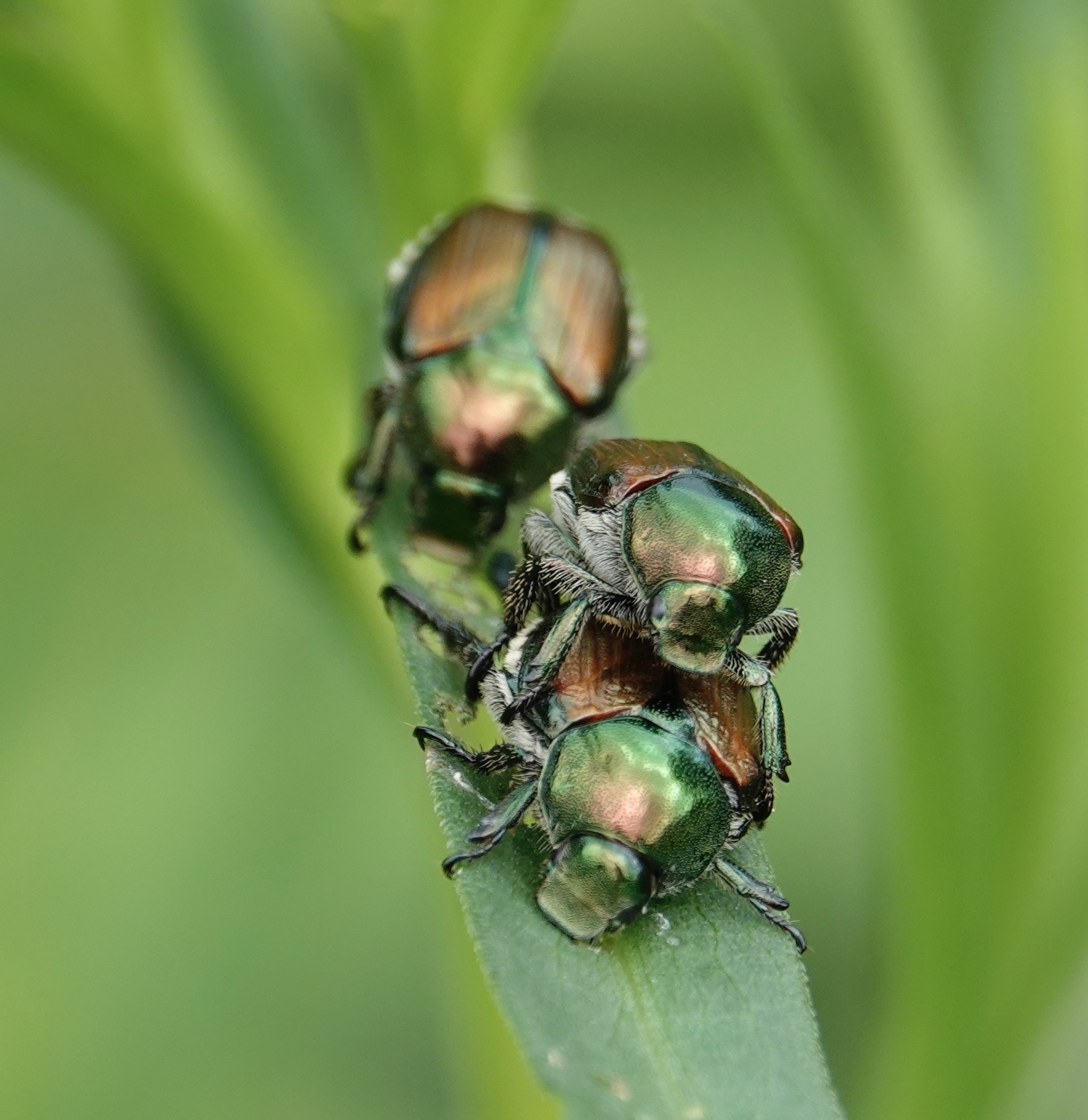Naturally
I listened to the whistling wings of mourning doves as they took flight. The doves can hit a high speed of 55 mph. I found a nest that had likely taken a mourning dove only a few hours to build and it looked like it.
I watched nesting red-shouldered hawks from a friend’s place in Ohio as we ate lunch on the deck. The raptors brought in snakes and chipmunks for the dining pleasure of their babies. A tufted titmouse flew into its nest in a crack of a tree to feed its babies. It wasn’t much more than an arm’s length away from me. A study conducted in Germany found the more we see and hear birds chirping and singing, the happier we are. A team at the German Centre for Integrative Biodiversity Research discovered that being surrounded by a variety of birds offers increasing life satisfaction comparable to $150 per week of added income.
Q&A
“Were their chimney swifts before there were chimneys?” Before European settlement brought chimneys to North America, chimney swifts nested in caves, cliff faces and hollow trees. They are among the most aerial of birds, flying constantly unless roosting or nesting. Swifts bathe in flight: they glide down to the water, smack the surface with their bodies, and then shake the water from their plumage as they fly away. When they rest, they don’t perch like most birds, but cling to the walls of chimneys and other vertical surfaces. Unmated swifts continue roosting together in the summer, sometimes in large groups, but the species doesn’t nest colonially. Only one breeding pair nests in any one chimney regardless of its size.
“How do I set the diopter on my binoculars and what is the best way to focus on a bird?” Close your right eye and, using only your left eye to look through the binocs, and adjust the focus wheel until the object is clear. Next, close your left eye and, using the diopter adjustment, bring your view into sharp focus. See the bird with your naked eyes and lock your eyes on it while bringing your binoculars up to your eyes.
“What is the biggest insect in Minnesota?” I recall playing softball in Maple Island, when a good number of 2- to 3-inch-long giant water bugs, drawn by the lights, landed on the field. A giant water bug is an enormous insect with noticeable foreleg pincers used to catch underwater prey like small fish, frogs, newts and snails. A strong bite injects a solution that liquefies the insides of prey, allowing the bug to drink it. Its dark brown body is flat and oval-shaped. Unable to hold its breath, small breathing tubes called spiracles allow the bug to stay underwater while drawing in air trapped under its wings, like a straw. It’s known for biting toes when disturbed or threatened by people, earning it the nickname “toe-biter.” I’ve heard them called “alligator ticks.” It might be the largest.
“What animals eat mulberries?” Robins, cardinals, catbirds, crows, blue jays, Baltimore orioles, foxes, raccoons, chipmunks, skunks, opossums, squirrels, wild turkeys, brown thrashers, eastern bluebirds, great crested flycatchers, northern mockingbirds, rose-breasted grosbeaks, cedar waxwings, indigo buntings, tufted titmice, scarlet tanagers, northern flickers and me.
“I was on the Pelican Breeze boat with you when you pointed out the cliff swallow nests on a highway bridge. Do any other birds use them?” The gourd-shaped structures made of mud have been used by house wrens, house sparrows, eastern bluebirds, house finches, Say’s phoebes and chestnut-backed chickadees. A flock of swallows is a swoop or a flight. I think gulp would be a fine collective noun.
“Loons on our lake had three eggs. Is that common?” They generally have two eggs. Clutches of three or four eggs are rare and are likely from two females or are two clutches laid at separate times by one or two females.
“Are those morning glories growing on my fence lines?” The morning glory vine gets its name from the flower’s habit of opening with the first rays of sunshine and closing when the heat of the day arrives. It’s an ornamental species and an annual. You’re likely seeing a perennial bindweed (field from Eurasia) or hedge (a native) with funnel-shaped flowers that bloom mostly in the morning. Plants creep along on an herbaceous vine that clasps onto any substrate. Bindweed is a perennial vine with white or pink-tinged flowers and arrowhead-shaped leaves while morning glory is an annual vine with white, pink, purple or blue flowers and heart-shaped leaves.
Thanks for stopping by
“The invariable mark of wisdom is to see the miraculous in the common.”—Ralph Waldo Emerson.
“We are not the same persons this year as last; nor are those we love. It is a happy chance if we, changing, continue to love a changed person.”—William Somerset Maugham.
Do good.
©️Al Batt 2023
Japanese Beetles are beautiful botherations that feed on over 300 plant species. I’ve heard and read that starlings are prime predators of adult beetles. Garter snakes and grackles were mentioned as predators. I know skunks and raccoons tear up a lawn in their pursuit of Japanese Beetle grubs (crows feed on any grubs they find in those excavations) and chickens have plucked a few adults, but has anyone seen anything eating the adult beetles? Photo by Al Batt.

